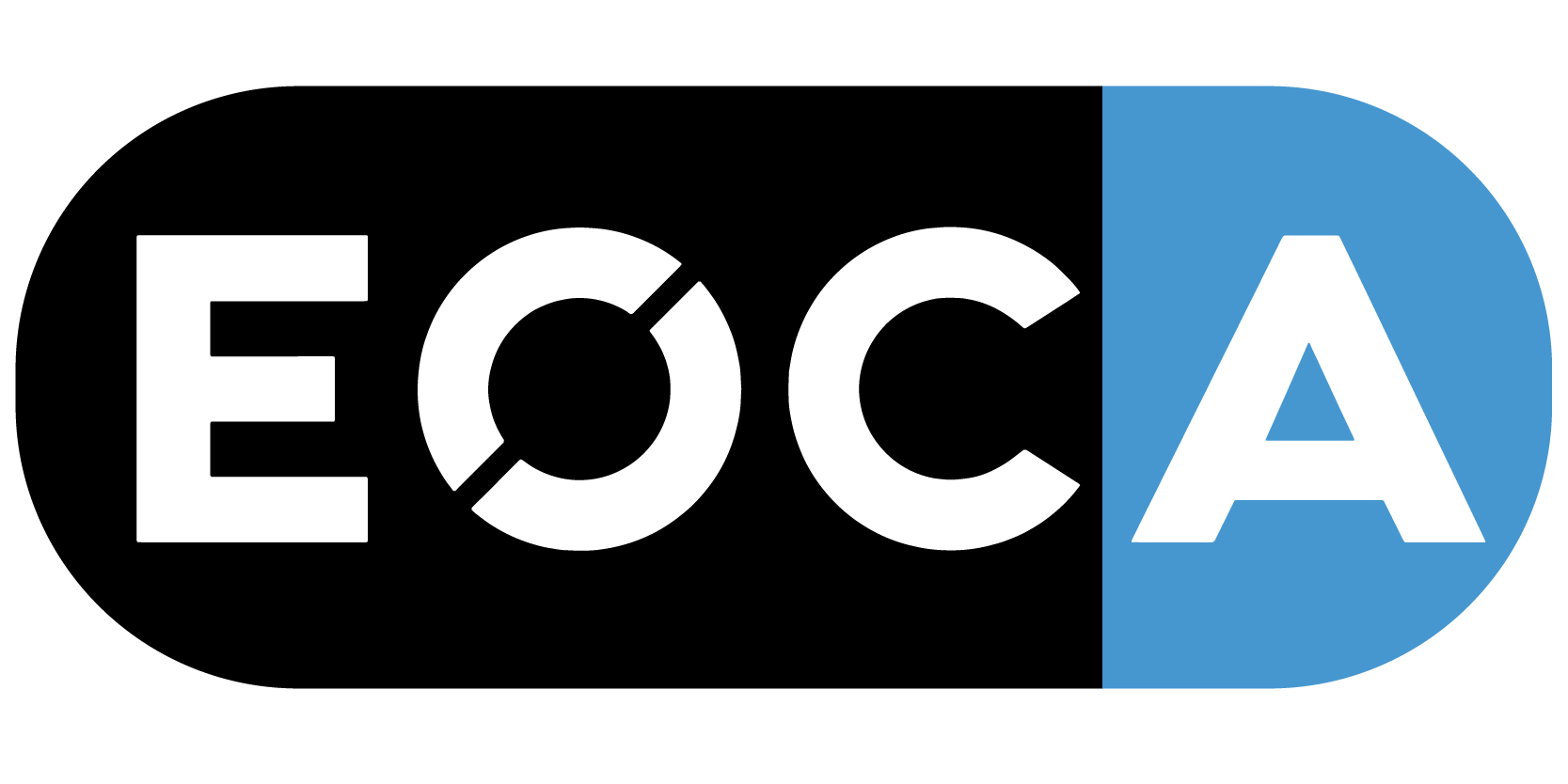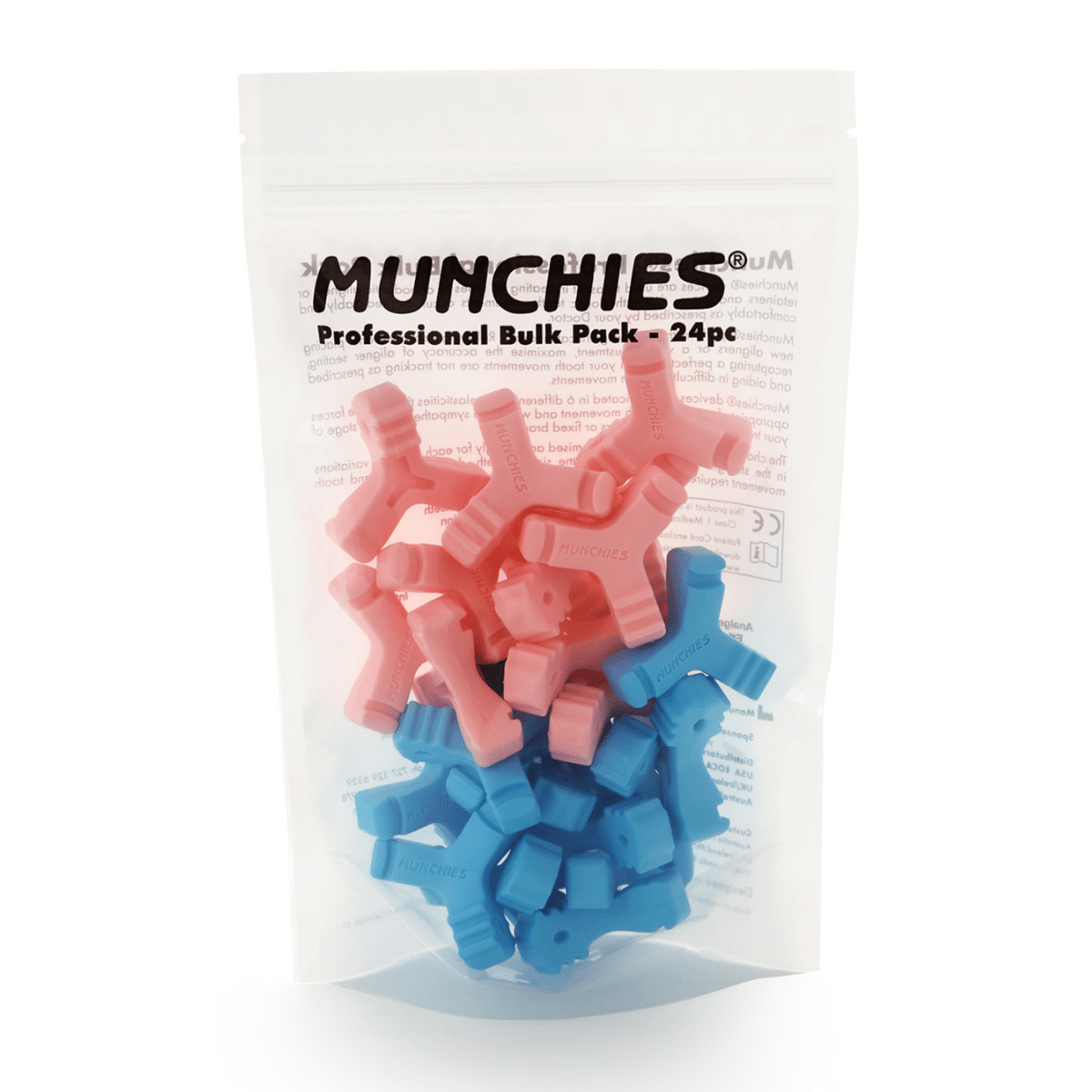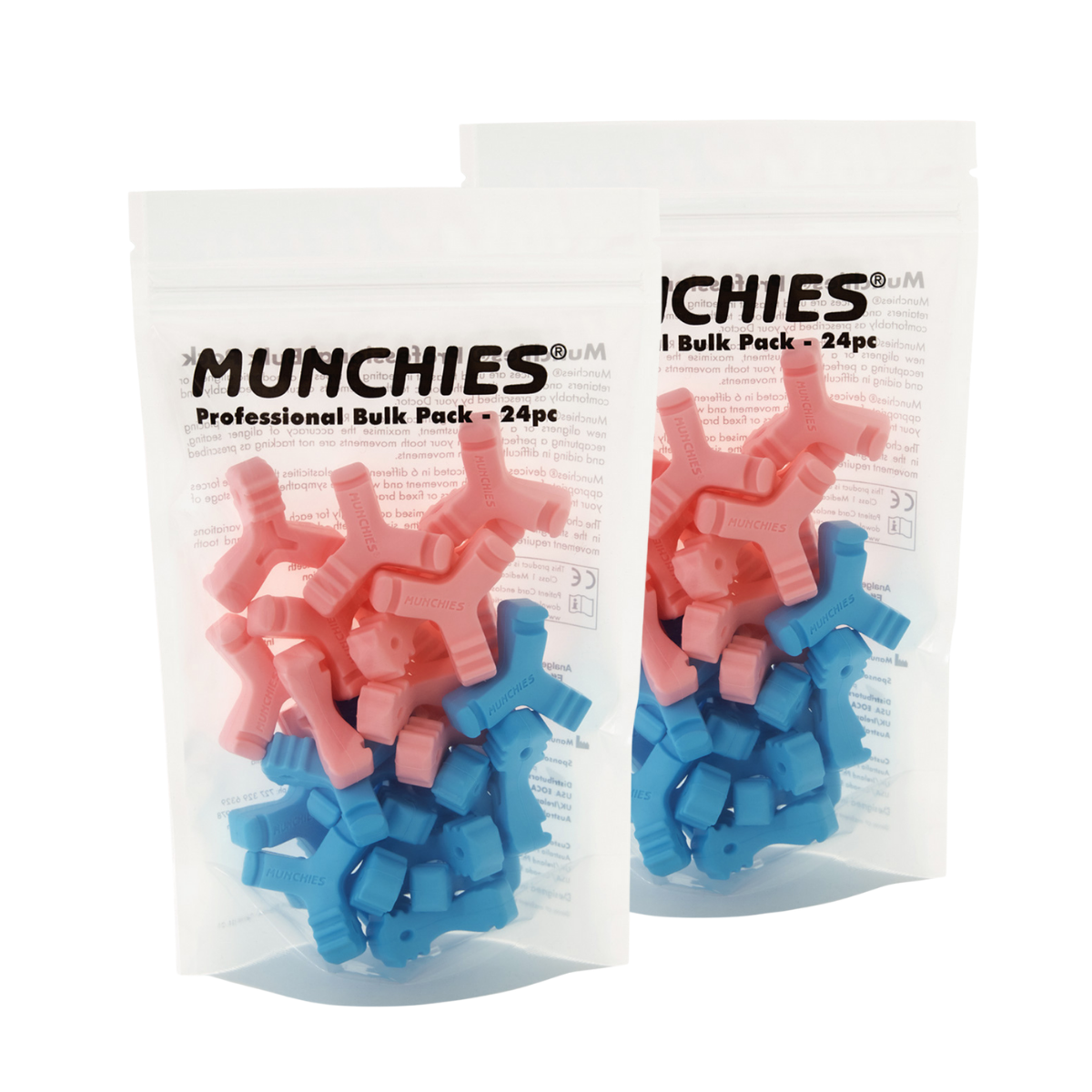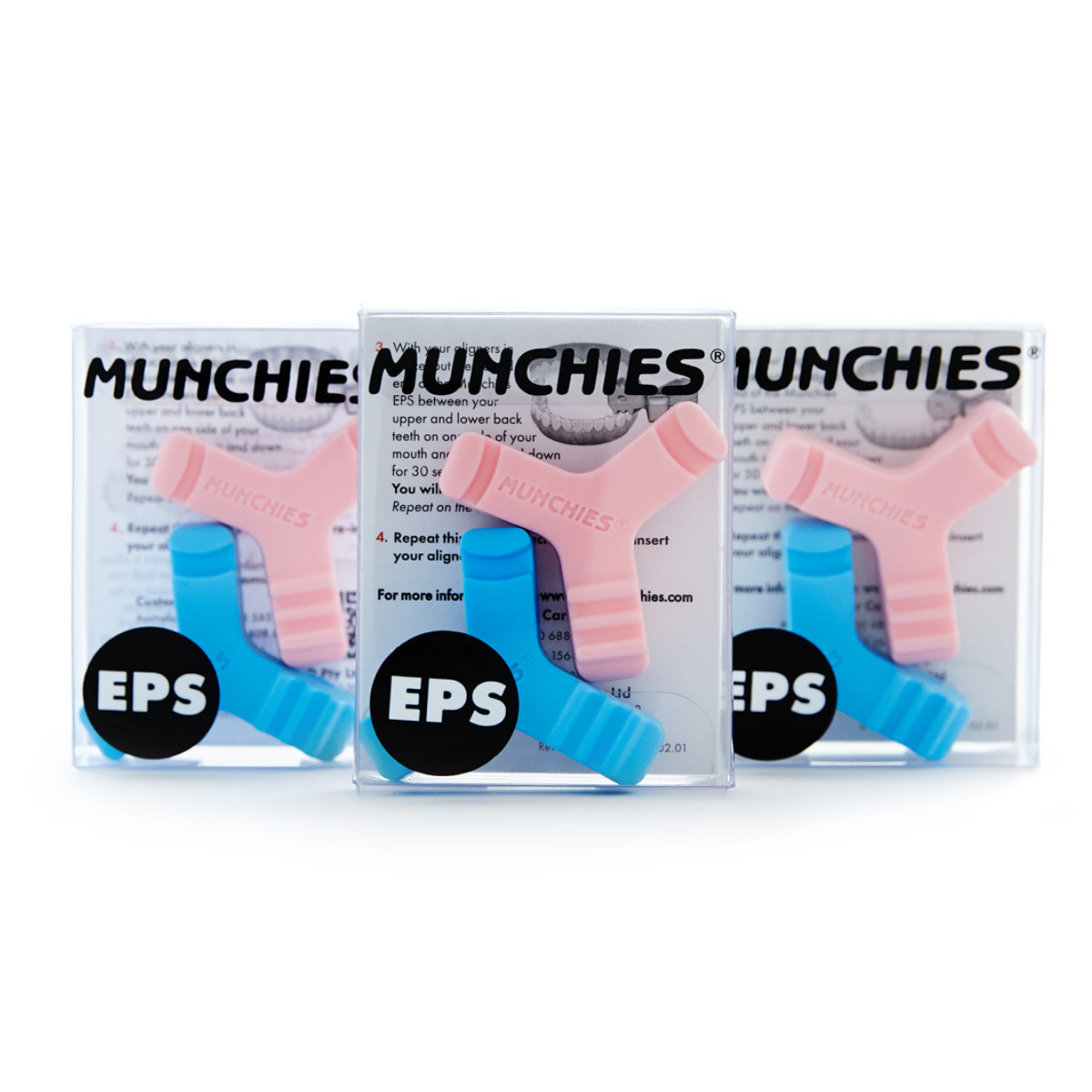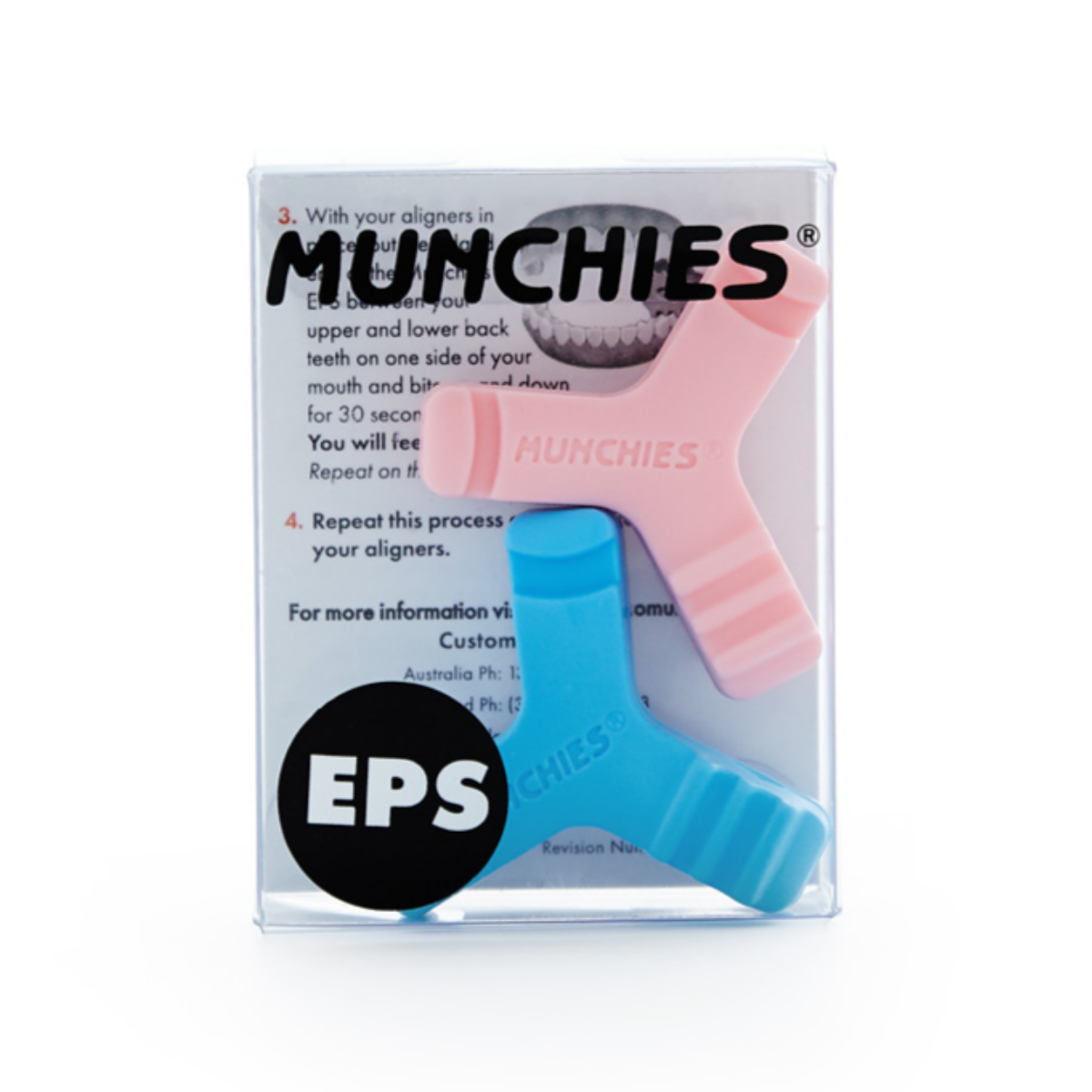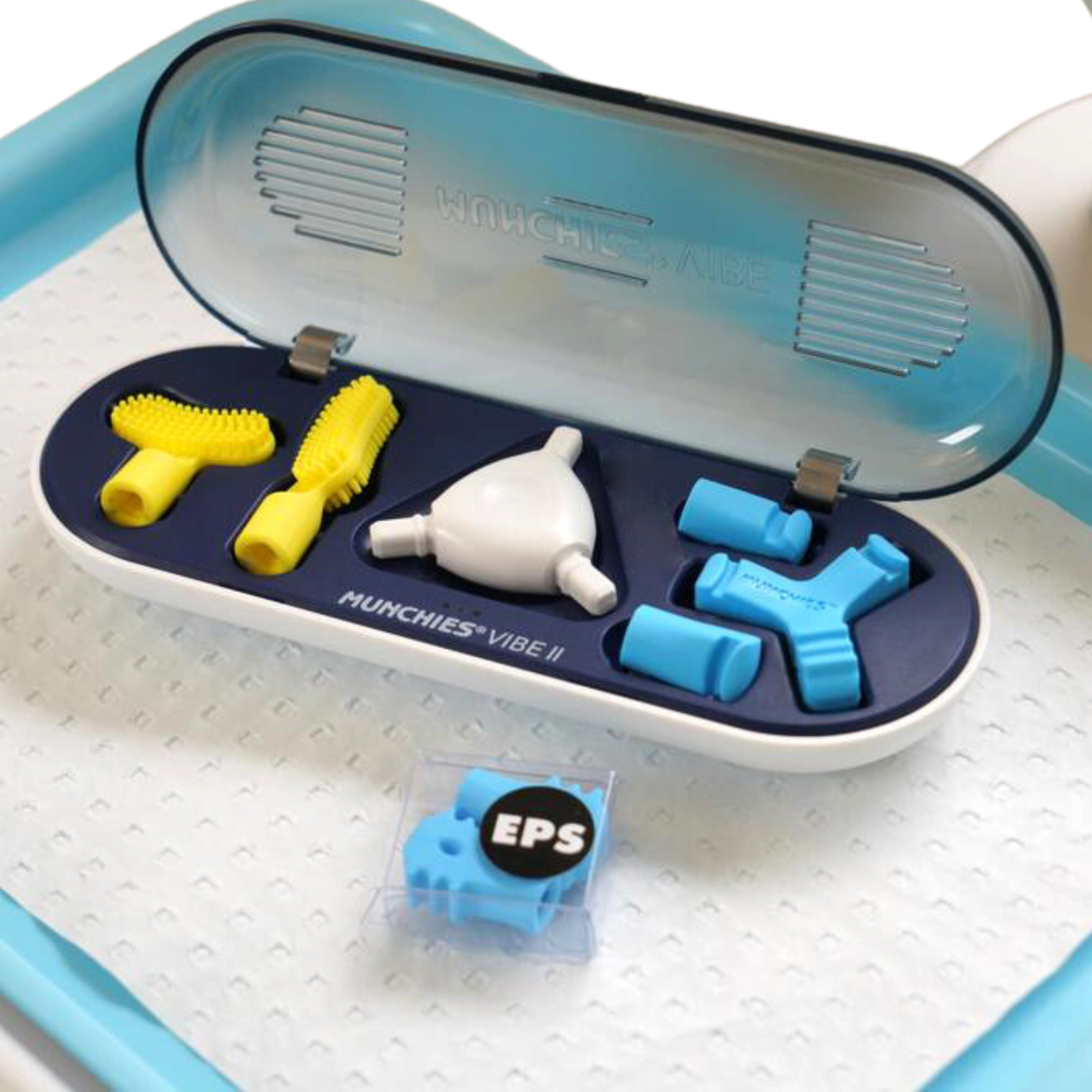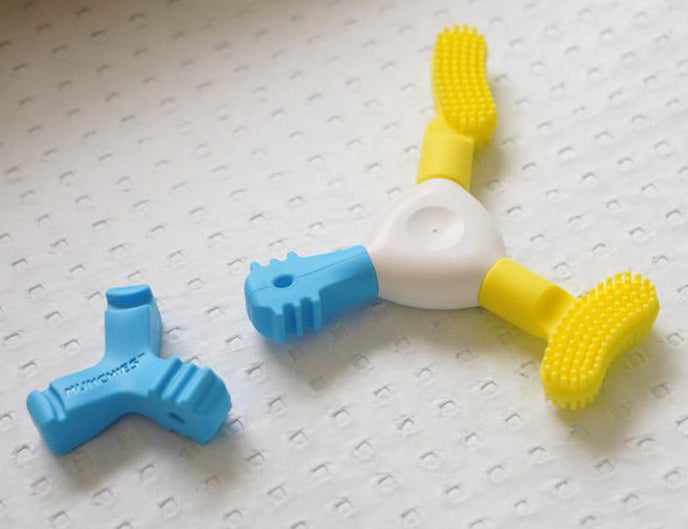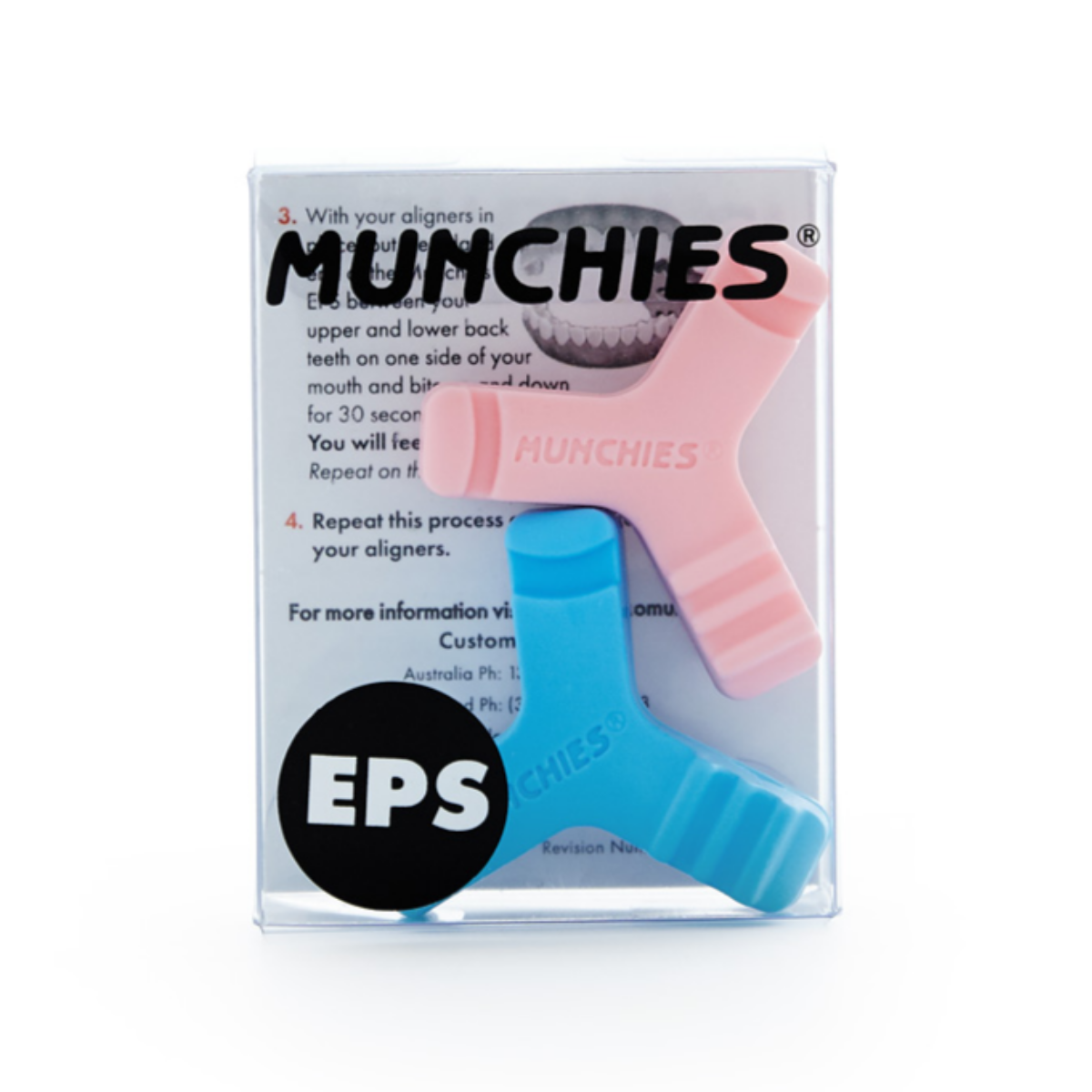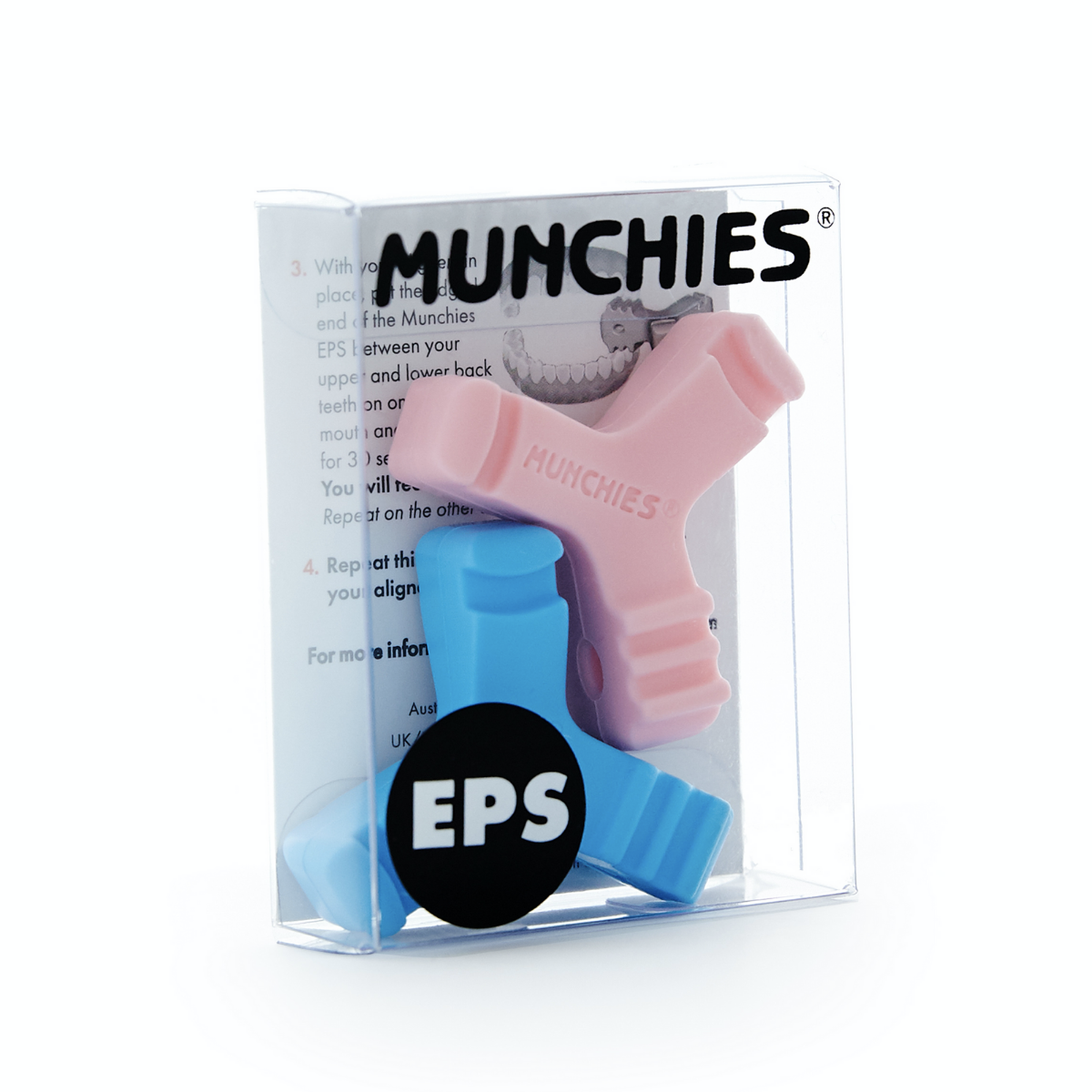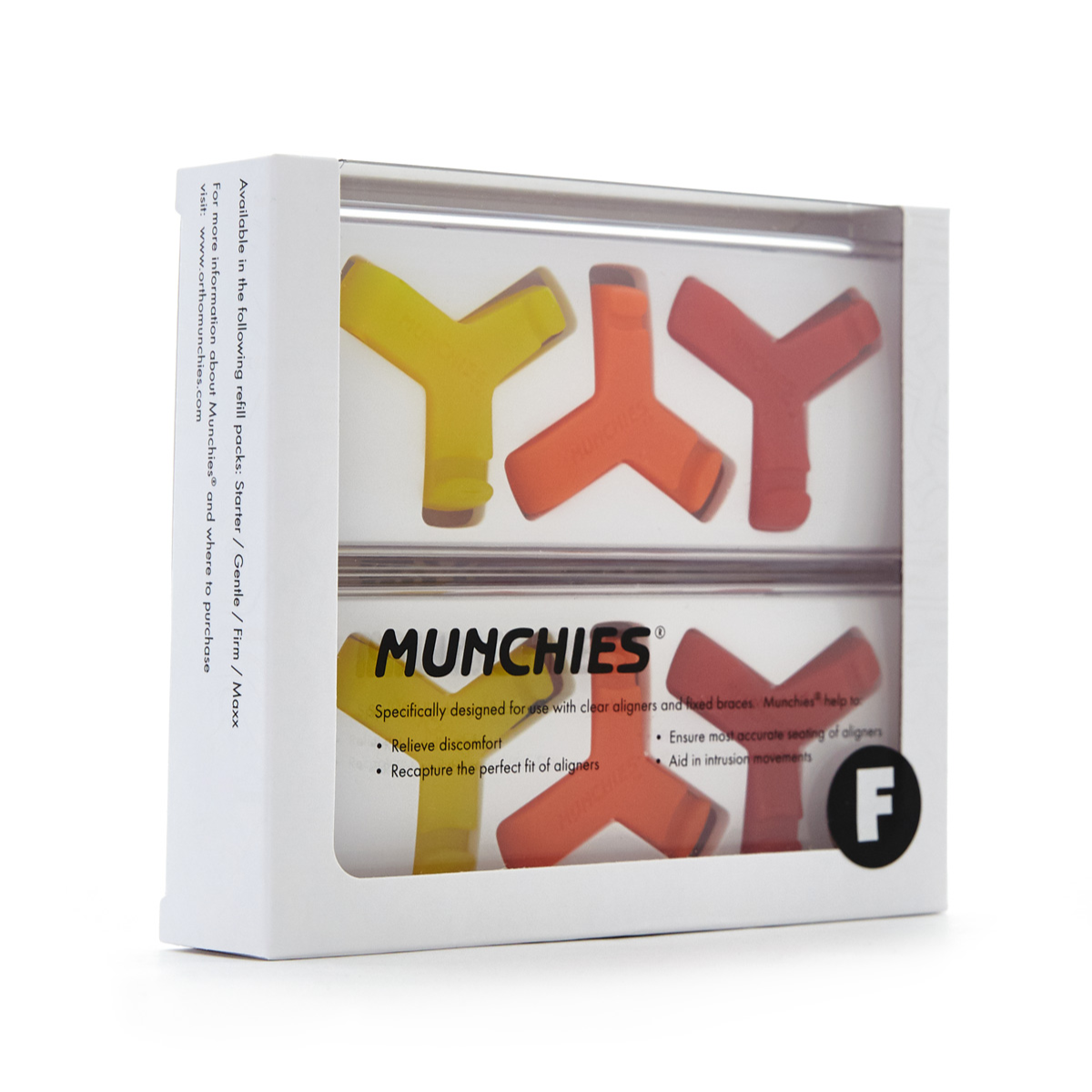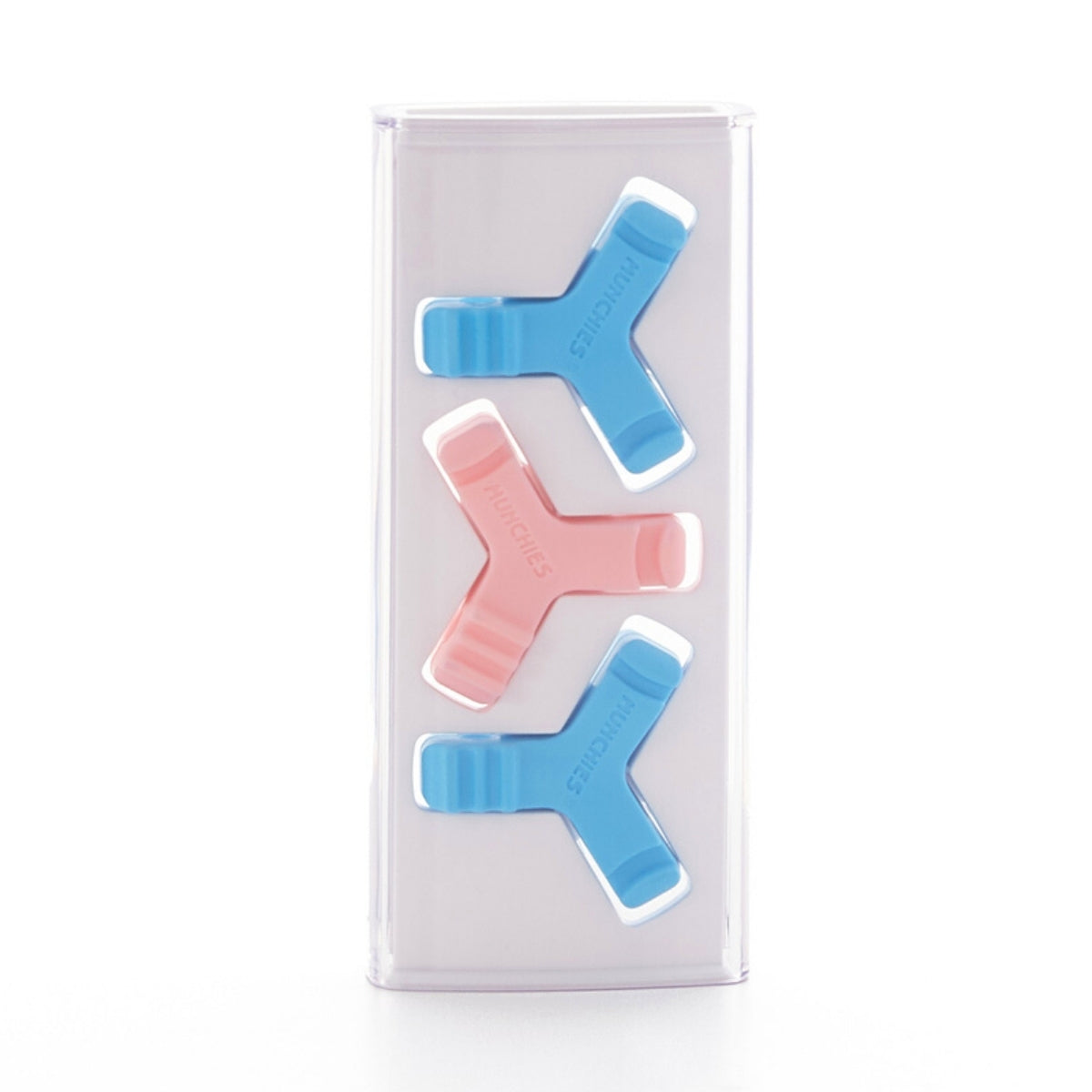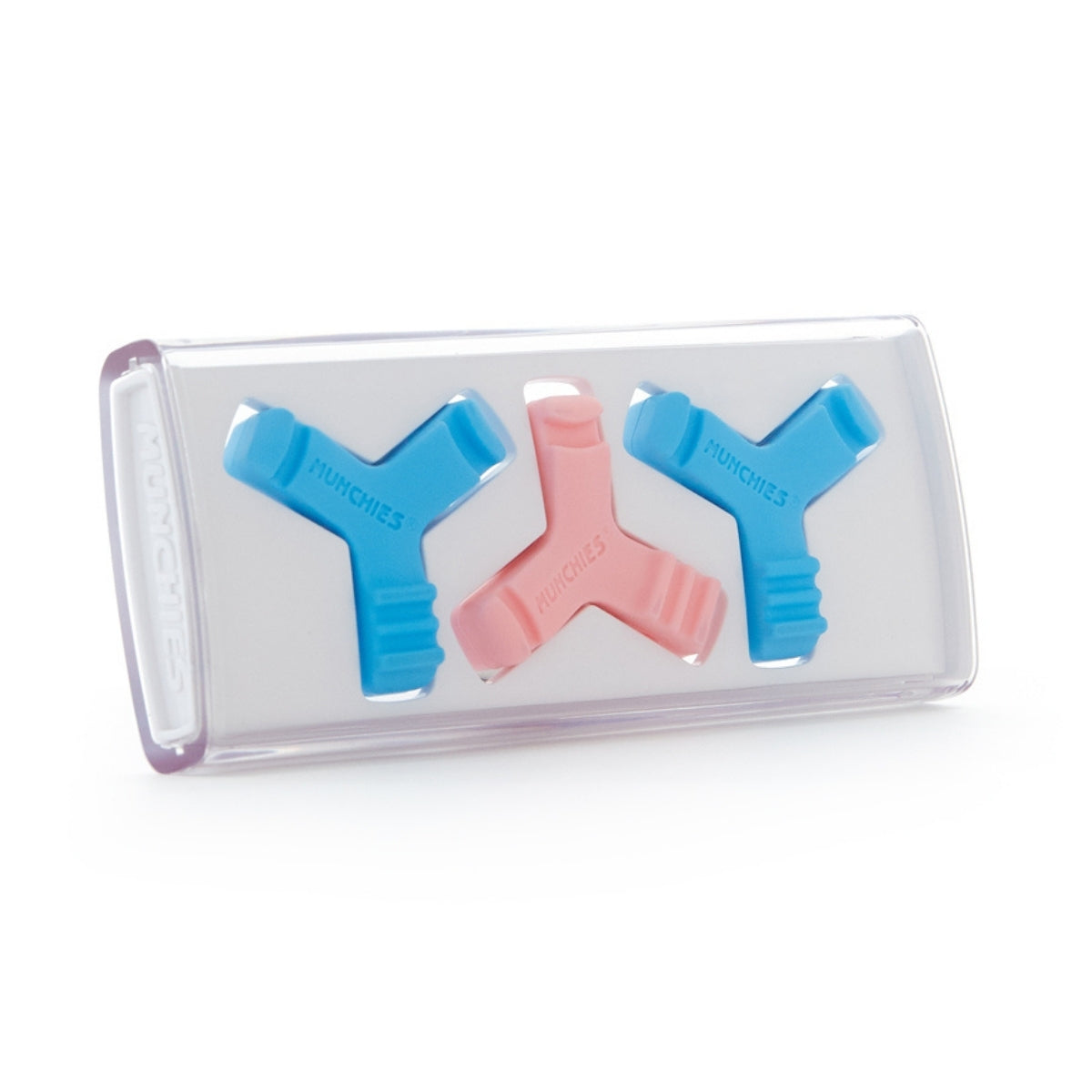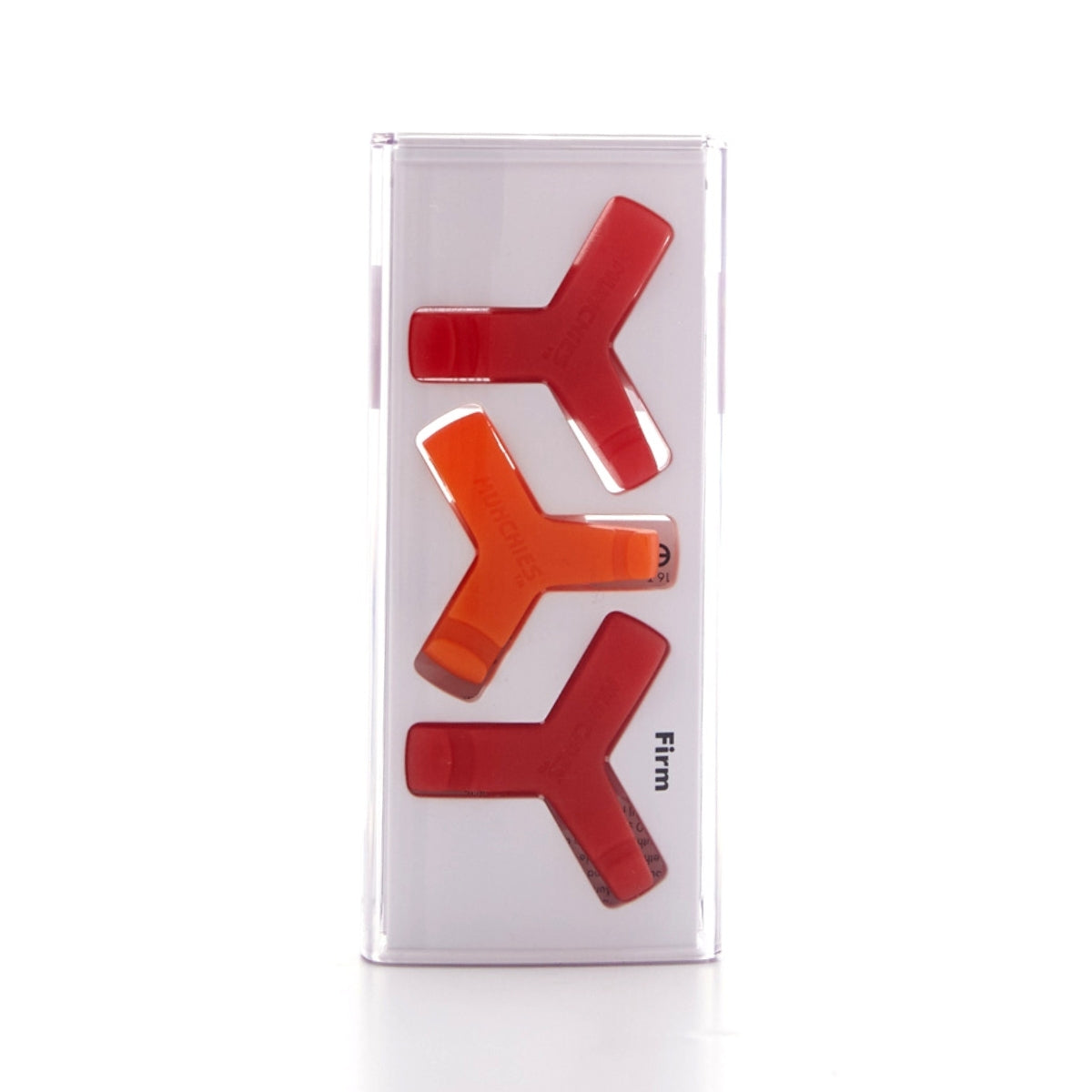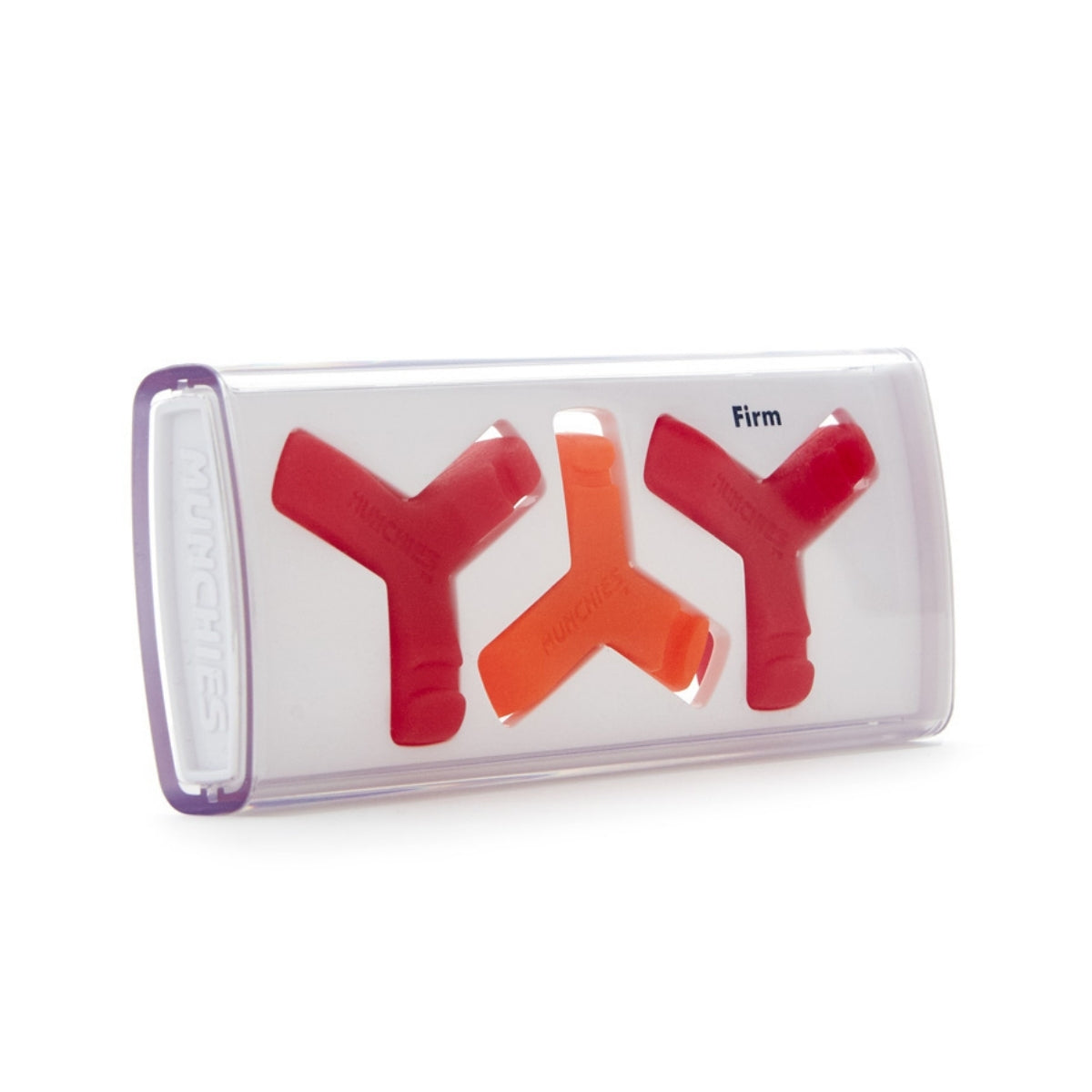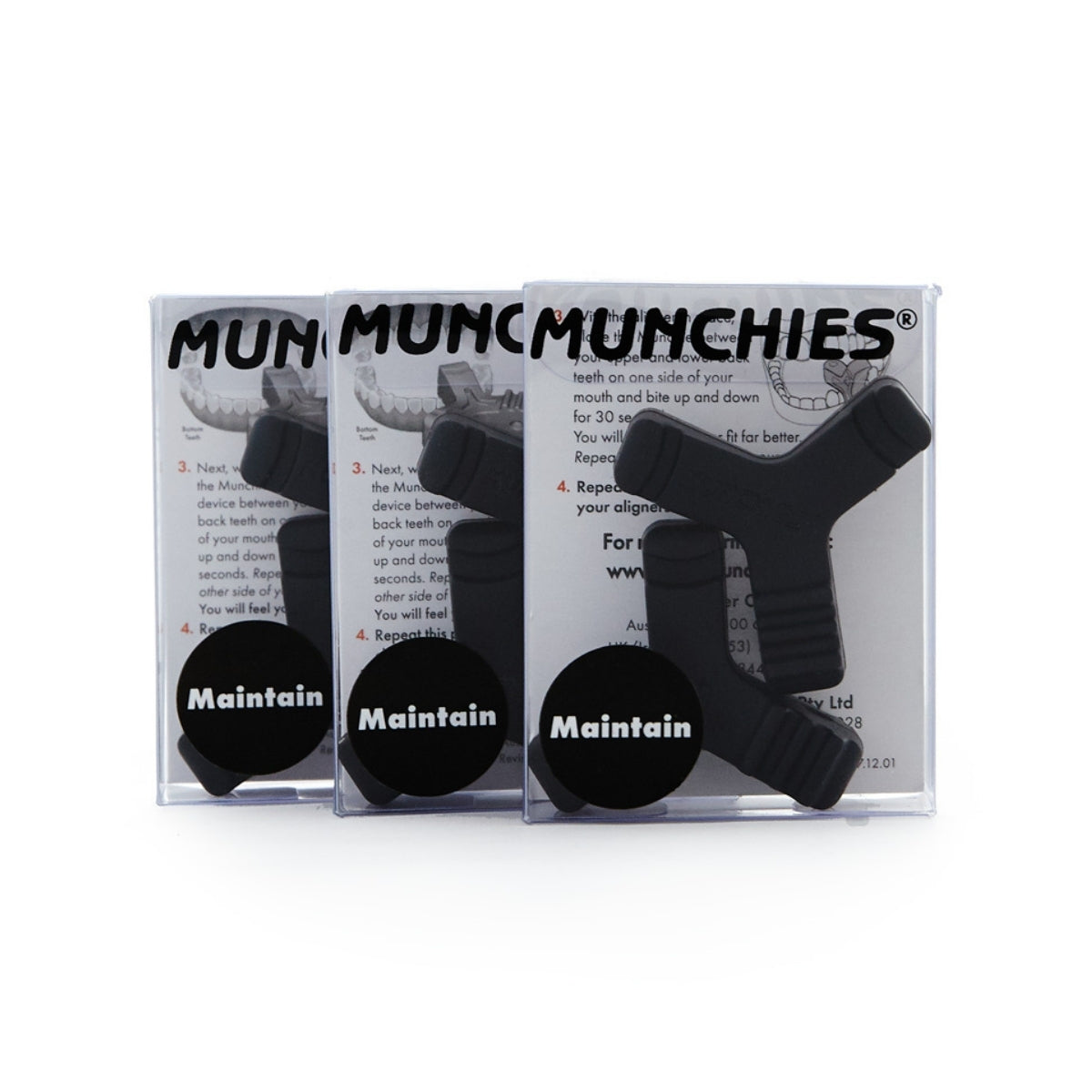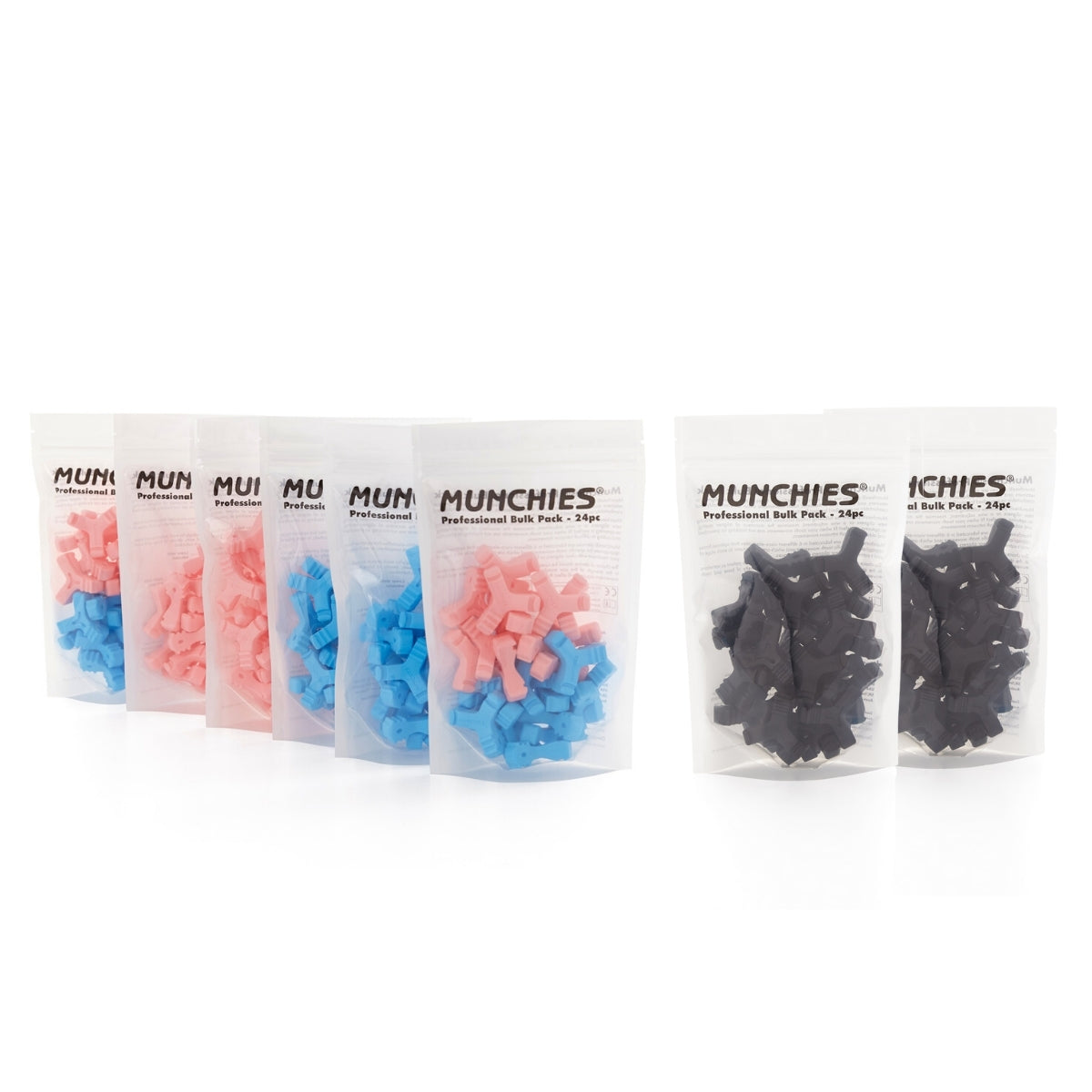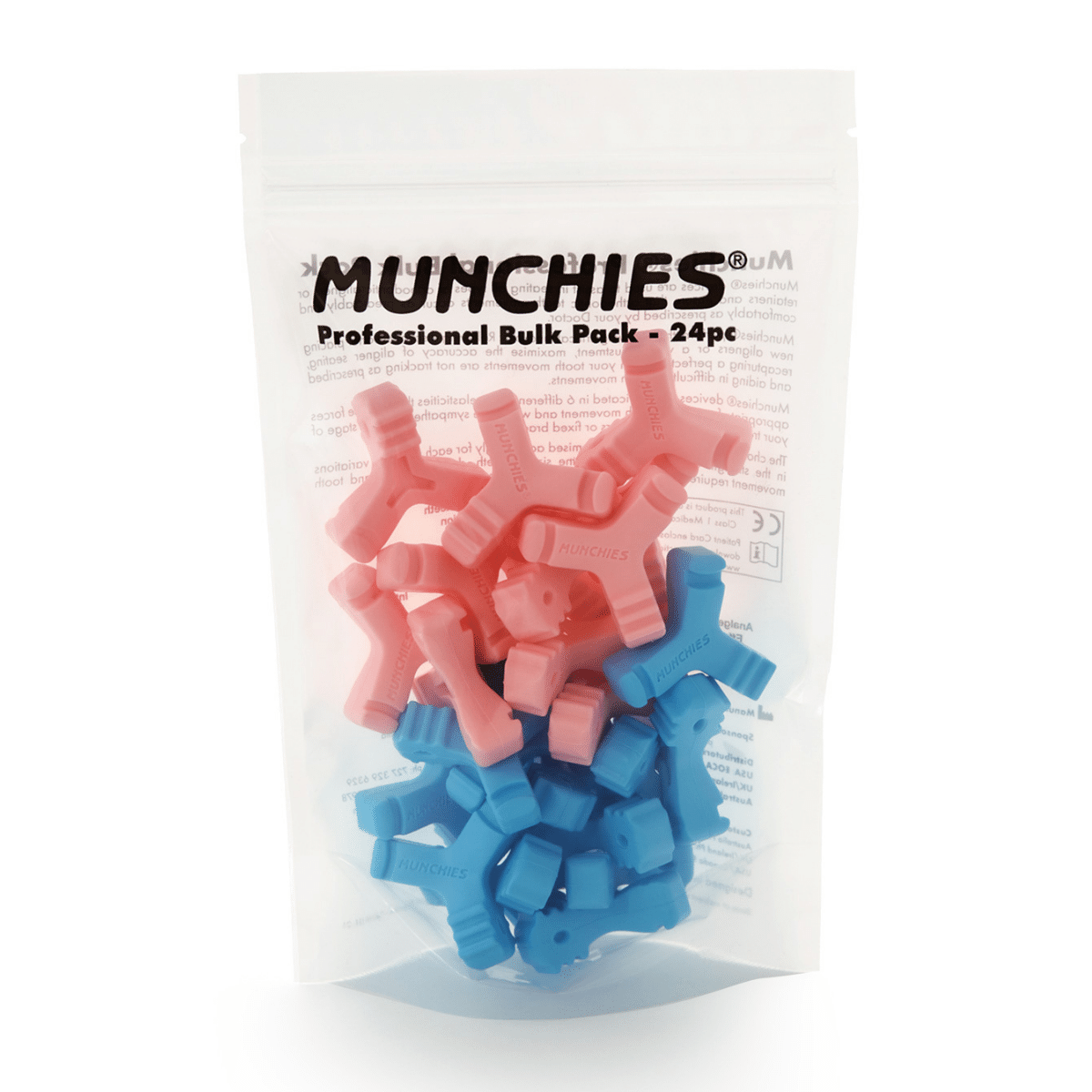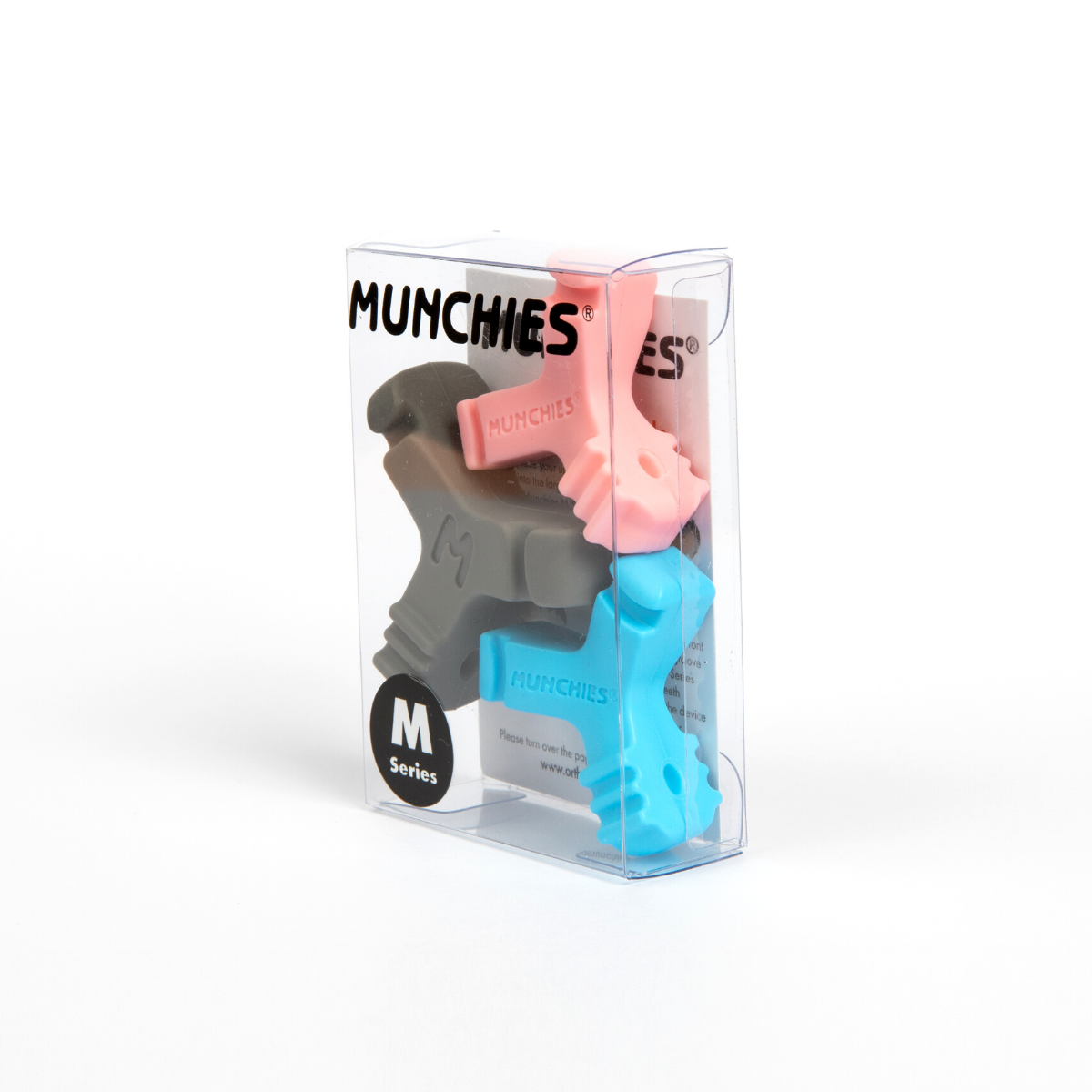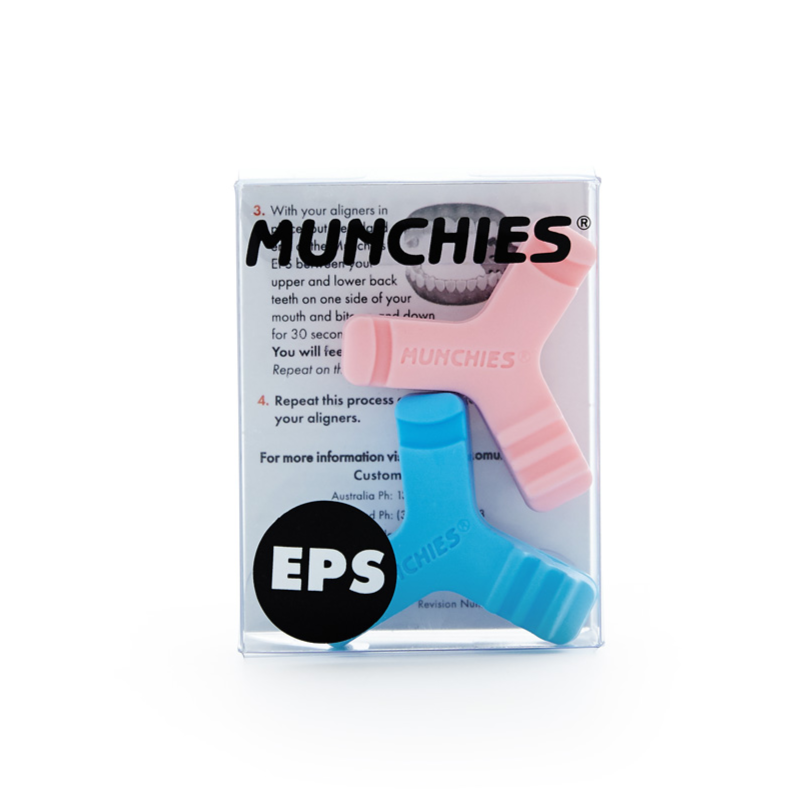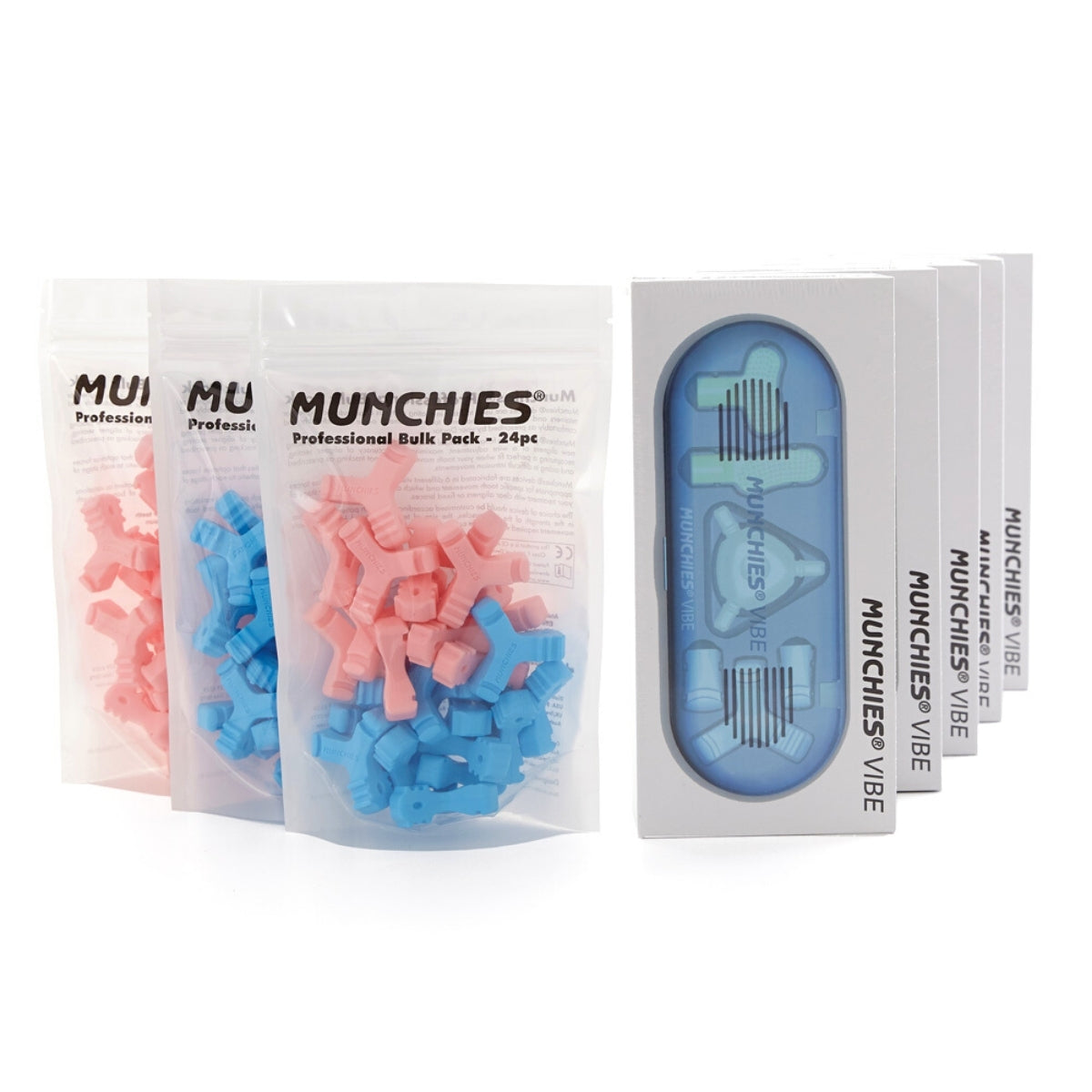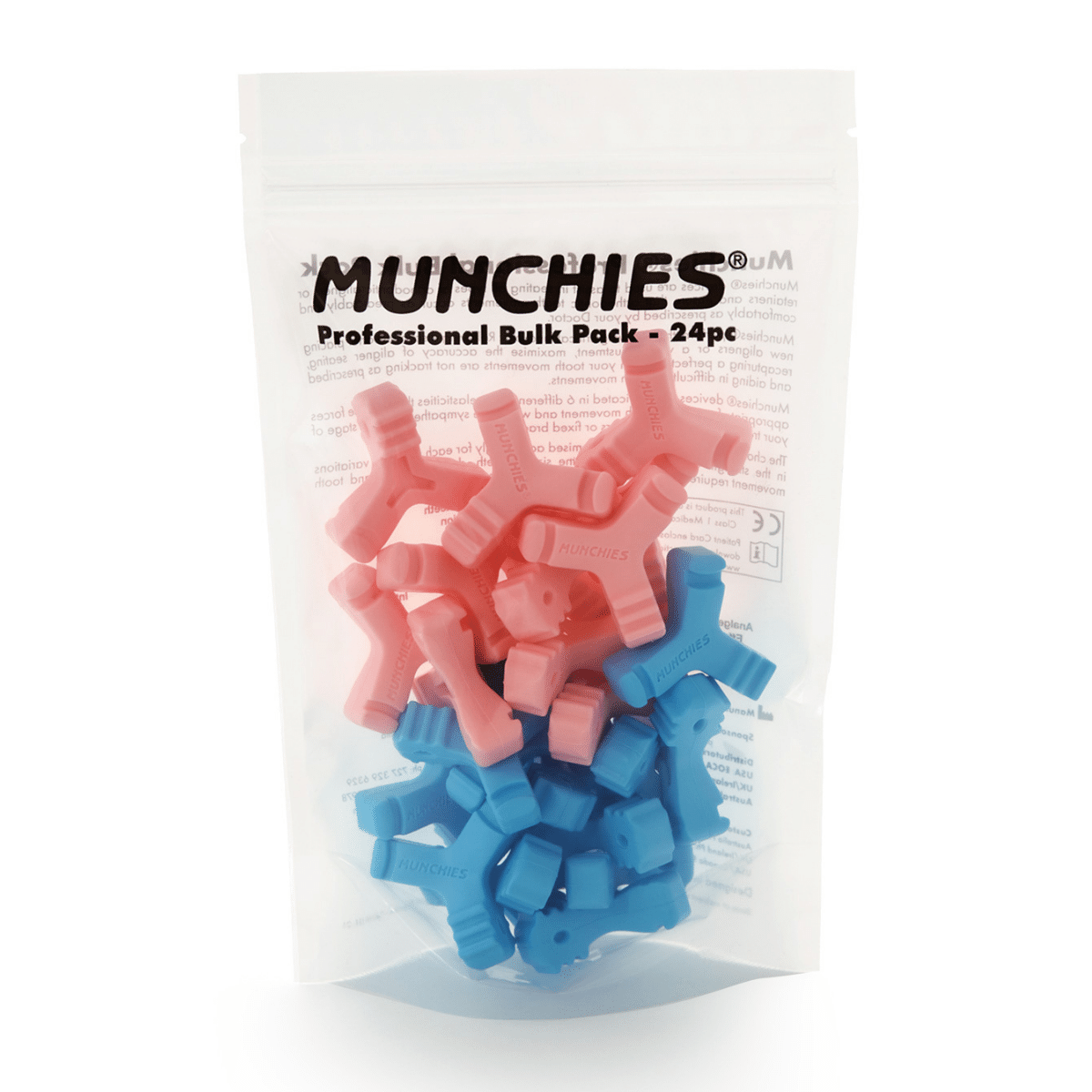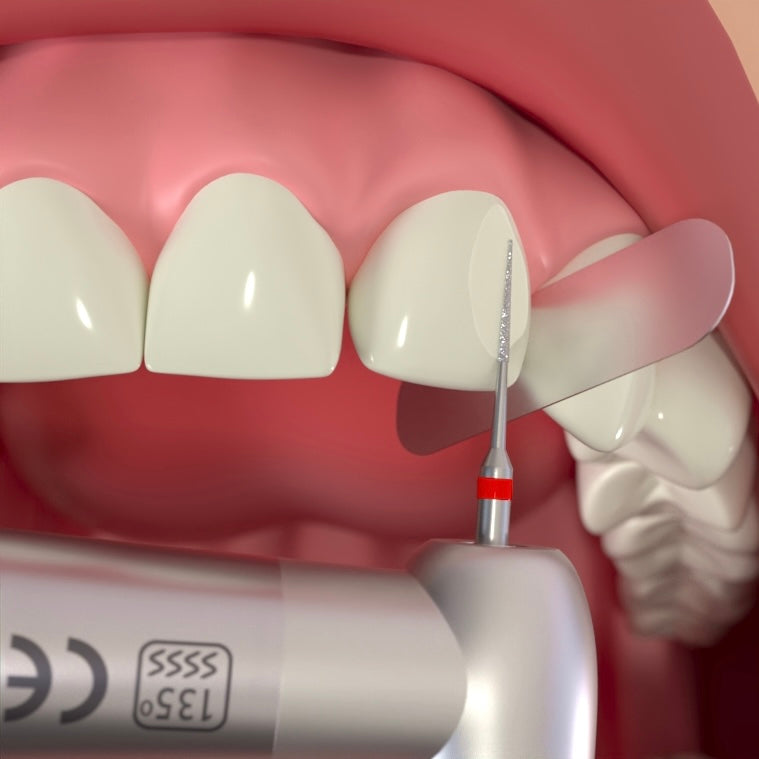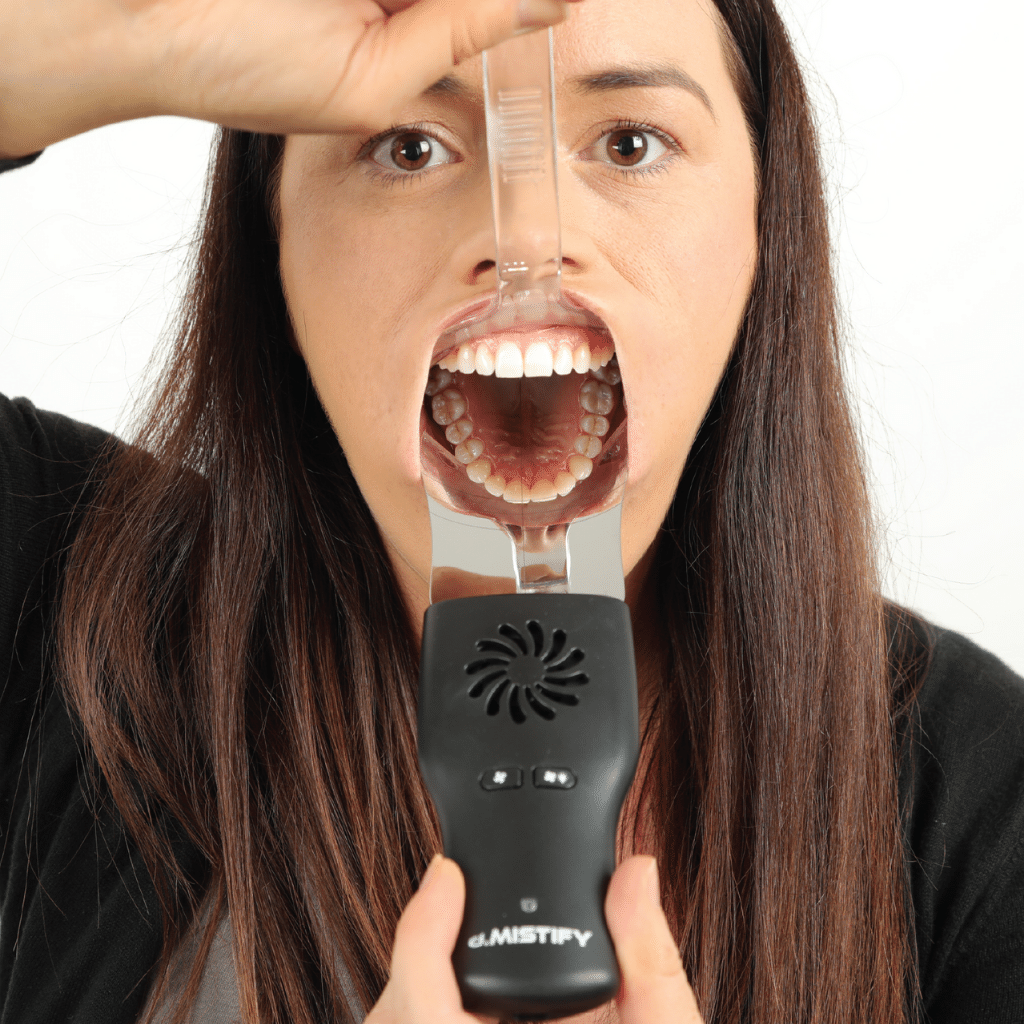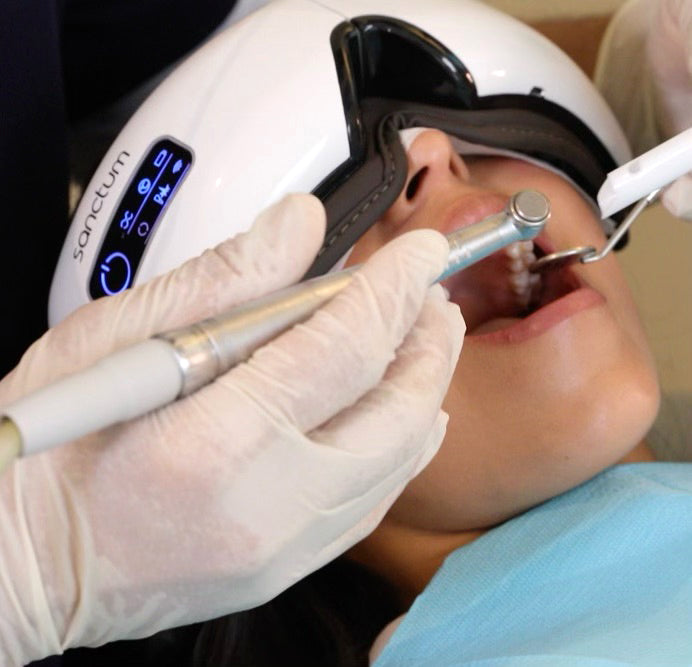Sustainable Competitive Advantage in Dentistry

Sustainable Competitive Advantage in Dentistry
A five part series focussing on positioning yourself and your practice in an ever increasingly competitive environment.
Part 1.
Defining Competitive Advantage
Competitive advantage in dentistry is a set of unique features and differentiators of a dentist (or dental practice or organisation) and its services and products, that are perceived by the target market as significant and superior to the competitors.
According to Porter's Generic Strategies model, ( Michael Porter, Harvard 1985) there are three basic strategic options available to organizations for gaining competitive advantage.
These are:
- Cost Leadership
- Differentiation
- Focus
Understanding the strategies and what’s right for me?
(Image of a dentist)
Dental practices that achieve Cost Leadership can benefit by gaining market share through lowering fees (low margin, higher volumes) and therefore increasing profits. This strategy is implemented by reducing costs to a level below those of their competitors.
Dentists and practices that pursue a Differentiation strategy win market share by offering unique features that are valued by their patients.
Focus strategies involve achieving Cost Leadership or Differentiation within niche markets in ways that are not available to more broadly-focused practices.
These three approaches are examples of "generic strategies," because they can be applied to products or services in all industries, professions and to organizations of all sizes.
Your choice of which generic strategy to pursue underpins every other strategic decision you make, so it's worth spending time to get it right. Whatever the path you take , it must make you stand out from the crowd.
However, you do need to make a decision: Porter specifically warns against trying to "hedge your bets" by following more than one strategy.
One of the most important reasons why this is wise advice, is that the things you implement to make each type of strategy work appeals to different types of practitioners.
Cost Leadership requires a very detailed attention on processes. You need to be highly organised and employ a well managed team with a broad spectrum of skills.
Differentiation, on the other hand, demands an outward-facing, highly creative approach with innovation, adaptation and a deep understanding of niches as keys.
Focus strategies needs a research based team to understand the business model that you choose, far beyond those of your competitors.
(Image of someone making a choice)
So, when you come to choose which of the three generic strategies is for you, it's vital that you examine you and your practices’ competencies and strengths into account.
Which path should you take?
WHAT IS SUSTAINABLE COMPETITIVE ADVANTAGE?
The true magic of a dental practice is its people, doing hundreds and hundreds of treatments and services that undeniably improve patients’ lives.
In doing those procedures each day, the hope, is that over time, a practice develops some sort of sustainable competitive advantage, which encompasses those elements that give a practice a commercial edge over competitors which can be sustained over time.
Sustainable competitive advantages are typically difficult to create and not easy to replicate. Short term advantage is far easier to initiate but does not bring the returns and competitors can copy these initiatives easily.
There are eight main sources of sustainable competitive advantage:
- Patient Loyalty
- Location
- Scale
- Intellectual Property
- Innovation
- Proprietary Information
- Network Effects
- Lock-up of Supply (Monopoly)
Consider these carefully and see if any of these currently apply in your practice. Note that “Pricing” does not appear in this list, even though it can produce superior profitability. The issue here is the difficulty in maintaining the “sustainability” of this initiative.
What’s for you ?
